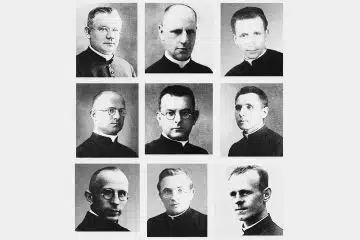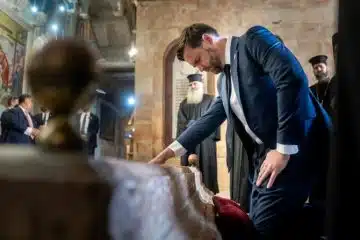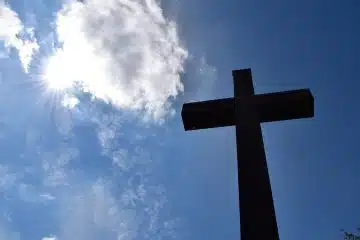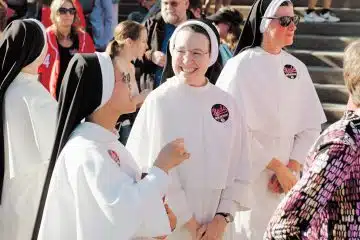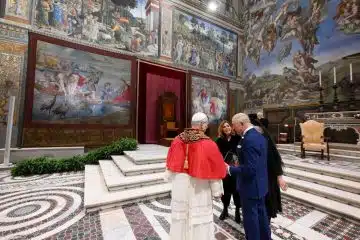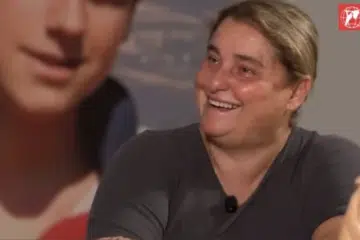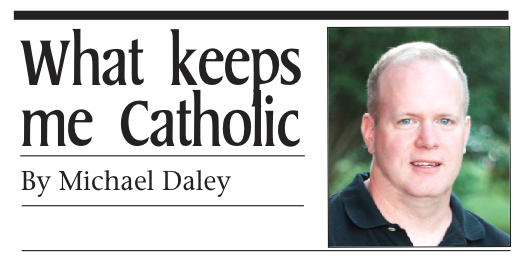The Catholic Moment: What keeps me Catholic – Vatican II
Thursday, October 21, 2010
By Michael Daley
Even to the most casual observer, this summer was hot. As the temperatures rose, people sought refuge in their homes. They closed their windows and cranked up their air conditioners. Thankfully, fall has arrived. With it people are finally opening their windows again and enjoying the outdoors. No longer do we need to protect ourselves from the scorching sun.
This scenario is also a central image of the Second Vatican Council (1962-1965). When Pope John XXIII announced that he was convening an ecumenical council many people, having never experienced one, didn’t know what to think.
Trying his best to explain what aggiornamento meant to a group of bishops, the pope sensed that his words about church renewal and responding to the “signs of the times” were falling on deaf ears. To better illustrate what “bringing up to date” entailed, Pope John went to the nearest window, opened it, and said, “The church needs to let in some fresh air.”
The church gathered in council to look at who it was both internally and externally. Some saw only decay, destruction and death. To this, John XXIII, who was beatified by Pope John Paul II in 2000, said, “We feel we must disagree with these prophets of gloom, who are always forecasting disaster, as though the end of the world were at hand.”
Rather than avoid the world as a den of iniquity, the Catholic Church at the Second Vatican Council embraced it as a graced community, placing itself at the service of all of humanity, whom it sought to make more whole through Jesus the Christ.
This conciliar sentiment is most vividly expressed in The Pastoral Constitution on the Church in the Modern World (Gaudium et Spes). Its introduction, though written decades ago, still reads as if the ink is wet: “The joys and the hopes, the griefs and the anguish of the people of our time, especially those who are poor or afflicted, are the joys and hopes, the grief and anguish of the followers of Christ as well. Nothing that is genuinely human fails to find an echo in their hearts.”
Born in 1968, I am a child and student of the council. All of my religious formation has been done in its light. This includes, as Cardinal Avery Dulles noted, an openness to the modern world; the reformability of the church; renewed attention to Scripture; the practice of collegiality at all levels of the church; an appreciation of diversity within the church (unity, yes; uniformity, no); the active role of the laity; reaffirmation of religious liberty; desire for better ecumenical relations with non-Catholics and dialogue with other faiths; and working for a more just world.
I have a firm commitment to the reforms of the council. I also recognize the need to appreciate what came before me in faith. Ressourcement (a return to the sources) and aggiornamento (updating or renewal), two words that characterize the substance of Vatican II, aren’t opposed to one another but complementary. In order to go forward, we must be mindful of the past. Likewise, if the past is to have any relevance, its spiritual wisdom must be integrated into the lived experienced of believers. As Pope John stressed, “We’re not here to guard a museum, but to cultivate a flourishing garden of life.”
Catholicism, then, is never “either/or”— letter or spirit, continuity or discontinuity; ressourcement or aggiornamento — but always “both/and.” When balanced well, Catholicism is a living tradition. The Second Vatican Council helps the church to live. It’s what keeps me Catholic.
Daley is a religion teacher at St. Xavier High School and a freelance writer.



